
Het Cha Festival is one of the national intangible cultural heritages, bearing the spiritual imprint and long-standing traditions of the White Thai people. (Photo by Tran Thang)
Het Cha Festival is one of the national intangible cultural heritages, bearing the spiritual imprint and long-standing traditions of the White Thai people. Het Cha Festival is the ceremony with rituals imbued with the beliefs of the White Thai people.
The main rituals in the Het Cha Festival are: The celebrant and the shamans perform the ritual of worshiping the land god, the gods, the banyan tree god, and the "het cha" master to report on the organization of the festival; the ritual of bringing the rice seedlings, the banyan flowers, and the pole to the main stage.
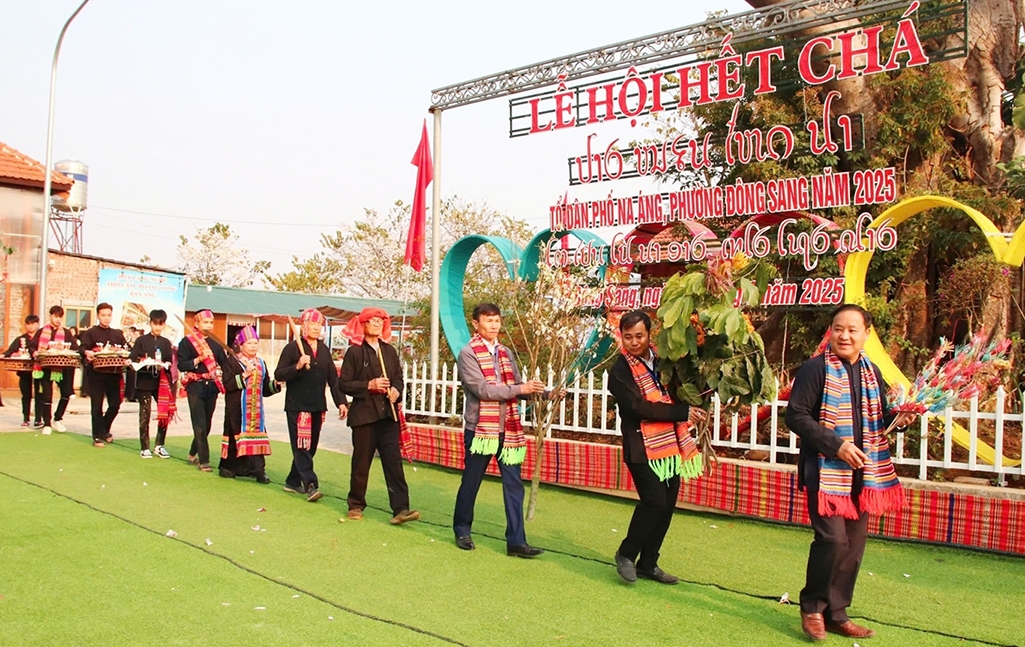
Het Cha Festival is a thanksgiving ceremony for those who have been cured by shamans, a thanksgiving ceremony for heaven and earth, ancestors, river gods, mountain gods, and land gods who have helped people live on earth.
The Het Cha Festival is a thanksgiving ceremony for those who have been cured by the shaman, a thanksgiving ceremony for heaven and earth, ancestors, river gods, mountain gods, and land gods who have helped people living on earth to maintain their lives and pray for favorable weather and good crops. This is also an opportunity for the Thai people to show their community solidarity and help each other improve their lives.

Game of buffalo plowing the field
Since ancient times, the Thai people were poor, sick and had no medicine to cure them, they endured hardships and sometimes just hoped for fate. But with the sense of community, village love, solidarity and sharing hardships in hardship and illness, whoever knew how to use traditional medicine used traditional medicine to cure them, whoever knew how to make offerings made offerings to relieve their mental stress. At that time, the shaman (Mo Mun) made offerings to cure the people. Those who were cured by the shaman were adopted by the shaman.

Folk performance at Het Cha Festival. (Photo by Tran Thang)
According to custom, before the Lunar New Year, the adopted children bring offerings to thank the shaman. However, due to the busy work near Tet, the shaman has not been able to organize a Tet reunion for the adopted children, and will only organize the Tet celebration after Tet. The festival is usually held in the spring, the time when the farming is idle, through the organization of the Het Cha Festival, which is an opportunity for the shaman, the adopted children and the villagers to meet and have fun together.
The offering tray is carefully and thoughtfully prepared so that the gods and the land spirits accept it, then the Het Cha Festival will go smoothly. The offerings include 1 boiled goose, 1 boiled rooster, 1 pig, white sticky rice, wine, eggs, tight cloth, local cotton cloth, wine cups, and cash. All are displayed on a tray, each tray has a square piece of local cloth, about 3kg of sticky rice poured on top of the cloth and in the middle of the tray are 2 small bowls filled with rice, 2 silver bracelets, 2 newly laid chicken eggs, 2 beeswax candles; 10 small candles, 10 cotton flowers, placed in bowls on the tray. Next to the tray is a bottle of wine and 6 cups, under the tray is a bottle of white wine, 1 plate and 4 cups for the shaman to use when performing the ceremony.

The shamans perform the ritual
The main rituals in the Het Cha Festival are: The celebrant and the shamans perform the ritual of worshiping the land god, the gods, the banyan tree god, and the "het cha" master to report on the organization of the festival; the ritual of bringing the rice seedlings, the banyan flowers, and the pole to the main stage.
The shamans will perform a ceremony to report to the gods about the festival and pray for the community's blessings. After that, the offering ceremony is conducted, including rice, fish, rice wine, and local products, showing deep respect and gratitude. This is also the moment when the villagers believe that their prayers will be witnessed by the gods, blessing them with a prosperous life.

Special dishes at the Het Cha Festival prepared by the locals. (Photo: Tran Thang)
If the ceremony has a sacred color, the festival takes place with activities to simulate the simple daily life of the Thai ethnic people in the process of building villages, building Muong, building a new life. Witty and funny folk performances with many humanistic meanings are recreated on stage, such as: The story of training buffaloes to plow the fields, picking wild vegetables, the game of catching fish, a hunting trip...

Festival circle
Besides, the graceful, rhythmic, and charming xoè dances combined with the bustling drum and gong sounds create many impressions for tourists. After all, the bustling drum and gong sounds, the graceful xoè dances to the vibrant folk games, the Het Cha Festival ends with a solidarity xoè circle, the villagers and tourists from all over the country holding hands in the Thai xoè dance.
Source: https://baodantoc.vn/le-hoi-het-cha-di-san-van-hoa-cua-nguoi-thai-trang-o-son-la-1743589155443.htm












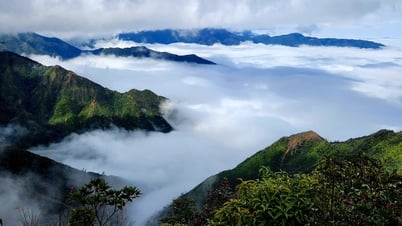

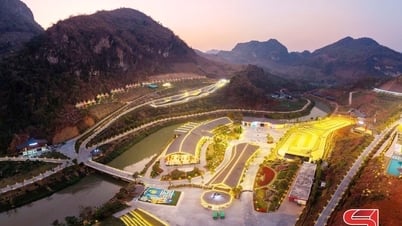






















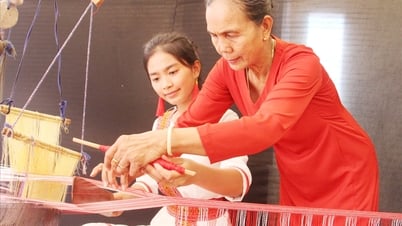
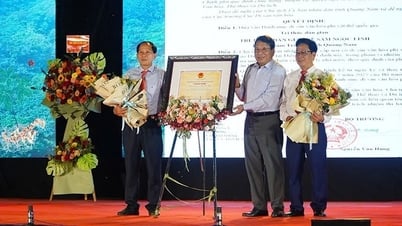
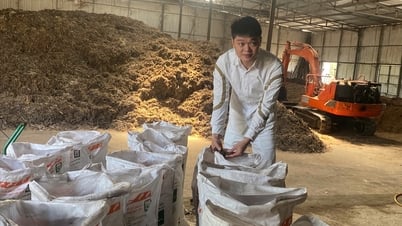
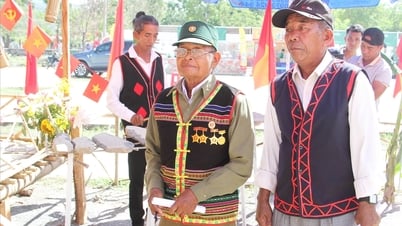




















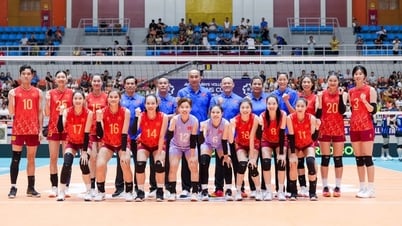
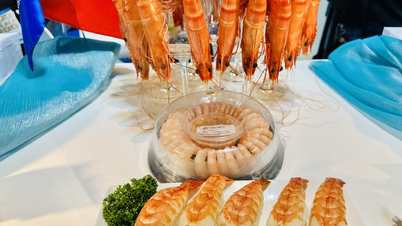













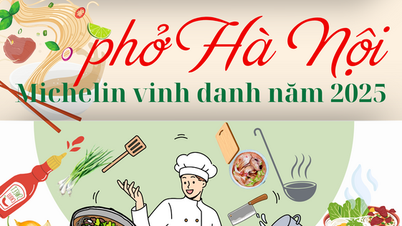
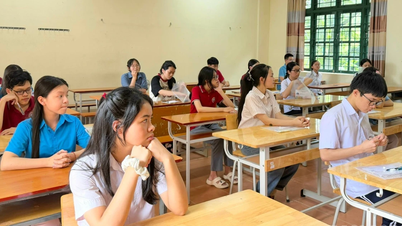

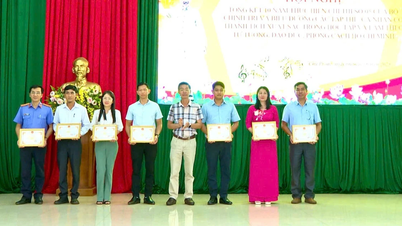


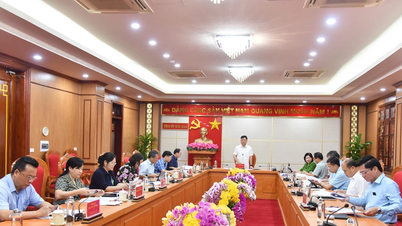









![[OCOP REVIEW] Tu Duyen Syrup - The essence of herbs from the mountains and forests of Nhu Thanh](https://vphoto.vietnam.vn/thumb/402x226/vietnam/resource/IMAGE/2025/6/5/58ca32fce4ec44039e444fbfae7e75ec)



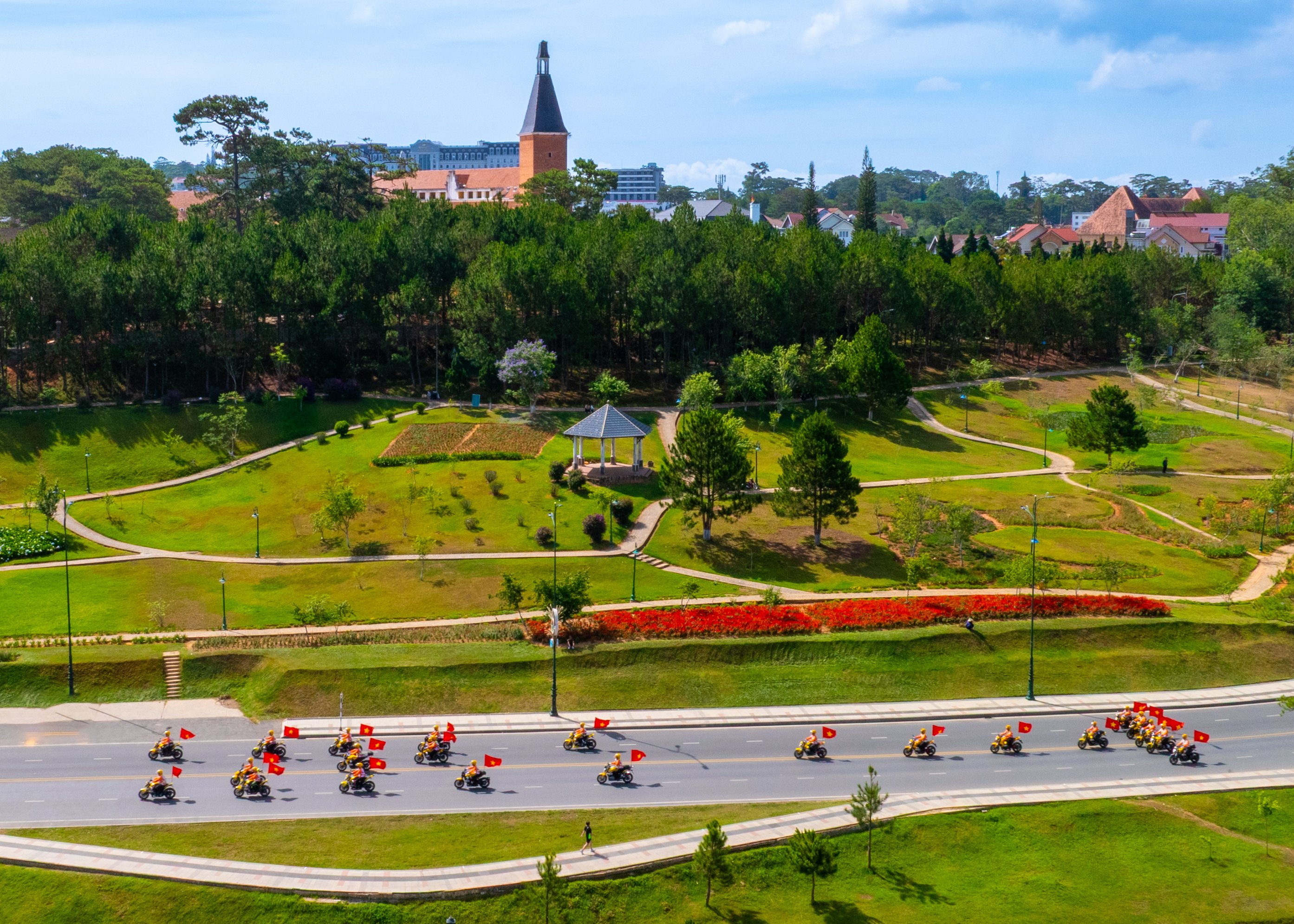
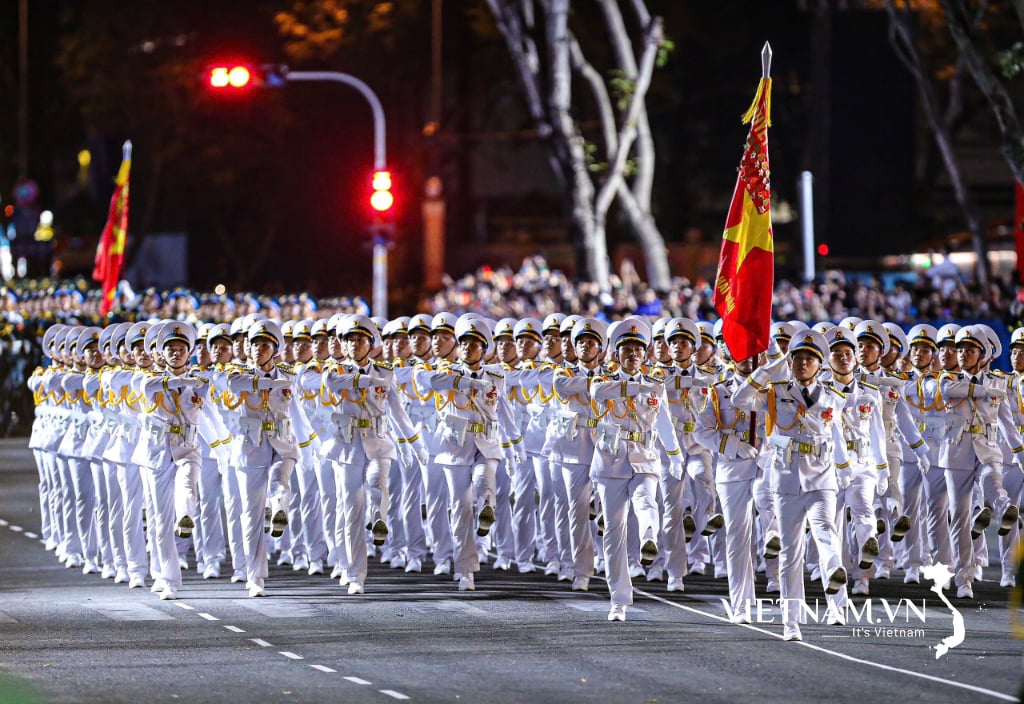
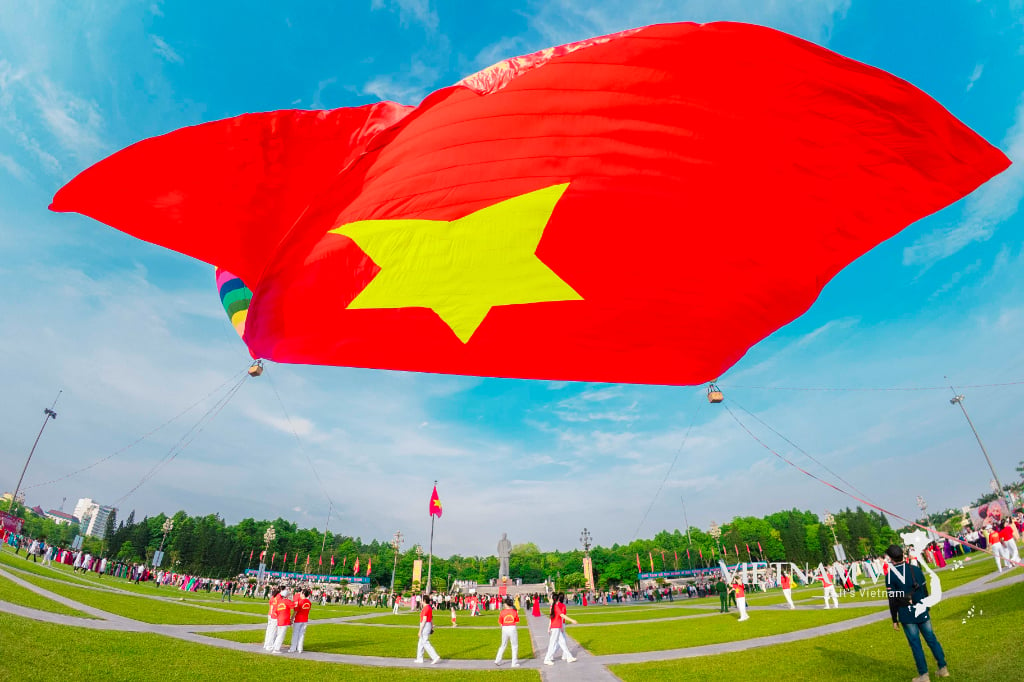
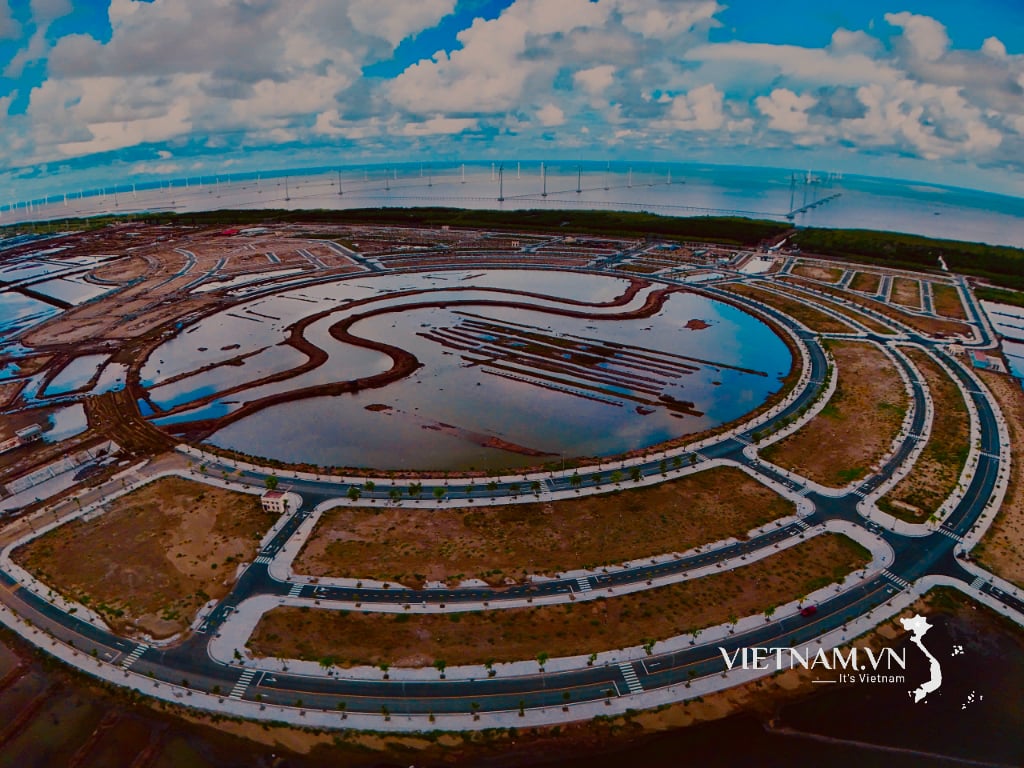
Comment (0)